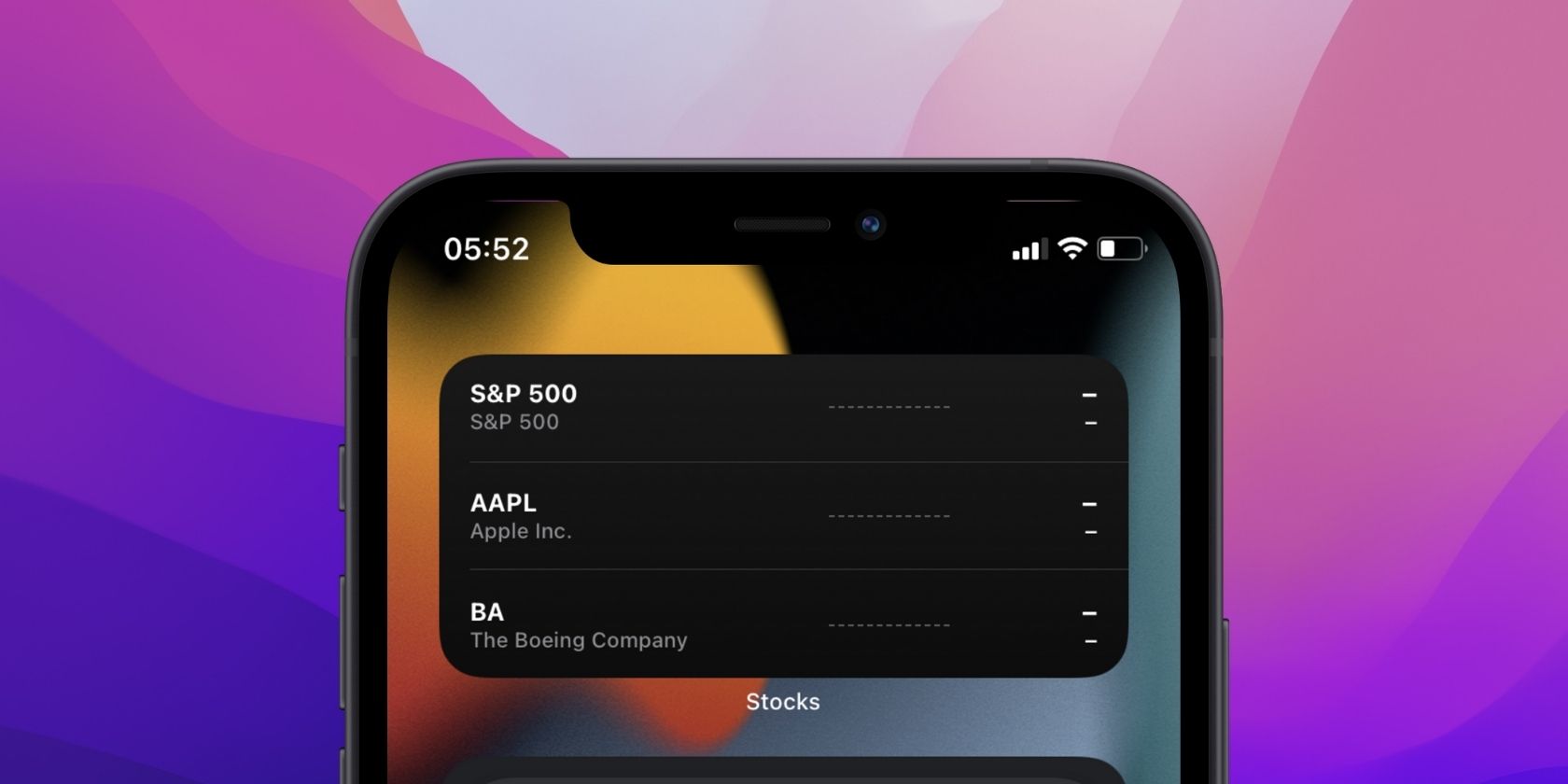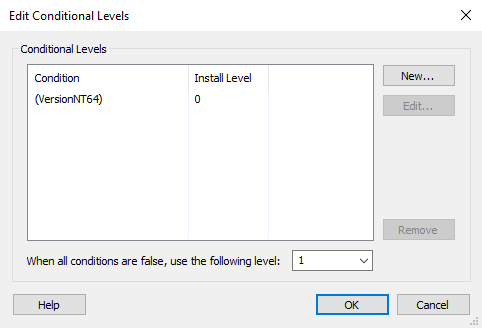
Understanding Condition-Based Prompting in User Interfaces

Understanding Condition-Based Prompting in User Interfaces
Table of Contents
- Introduction
- Registration
- Using Advanced Installer
- GUI
- Working with Projects
- Installer Project
* Product Information
* Resources
* Package Definition
* Install Parameters
* Organization
* Search Pane
* Feature Properties
* Conditional Levels Dialog
* Edit Conditional Level Dialog
* Component Properties
* Feature Picker Dialog
* Builds
* Analytics
* SCCM
* ActiveSync
* Requirements
* User Interface
* System Changes
* Server
* Custom Behavior - Patch Project
- Merge Module Project
- Updates Configuration Project
- Windows Store App Project
- Modification Package Project
- Optional Package Project
- Windows Mobile CAB Projects
- Visual Studio Extension Project
- Software Installer Wizards - Advanced Installer
- Visual Studio integration
- Alternative to AdminStudio/Wise
- Replace Wise
- Migrating from Visual Studio Installer
- Keyboard Shortcuts
- Shell Integration
- Command Line
- Advanced Installer PowerShell Automation Interfaces
- Features and Functionality
- Tutorials
- Samples
- How-tos
- FAQs
- Windows Installer
- Deployment Technologies
- IT Pro
- MSIX
- Video Tutorials
- Advanced Installer Blog
- Table of Contents
Disclaimer: This post includes affiliate links
If you click on a link and make a purchase, I may receive a commission at no extra cost to you.
Conditional Levels Dialog
This dialog contains a list of condition/level pairs. Each level will be set if the corresponding condition evaluates to True.

Use the [New… ] button to create a new condition/level pair, the [Edit… ] button to edit an existing pair or the [Remove ] button to delete it.
If more than one level will have their condition evaluated to True then the feature will use the highest one. If all level conditions are false, the feature will use its default level.
The feature is installed only if its resulting level is less than or equal to the current global installation level (INSTALLLEVEL property). The global installation level can be changed during installation by using the SetInstallLevel control event.
Topics
- Edit Conditional Level Dialog
The “Edit Conditional Level” dialog in Advanced Installer.
Did you find this page useful?
Please give it a rating:
Thanks!
Report a problem on this page
Information is incorrect or missing
Information is unclear or confusing
Something else
Can you tell us what’s wrong?
Send message
Also read:
- [New] 2024 Approved Ideal Proportions A Guide to Video Aspect Ratios
- [New] How To Record a Podcast on iPhone or iPad (Best for Interviews & Travel)
- [New] In 2024, Visual Power in Gaming Channels A Template Guidebook
- [Updated] 2024 Approved The Influencer's Blueprint Rapidly Amass a Million Fans with Our Top 15 Instagram Tips
- [Updated] In 2024, Top 10 Essentials in Livestreaming Platform Selection
- Convert Mobile Social Media Watch to Home TV
- In 2024, 6 Methods to Protect Yourself from Location Tracking on Apple iPhone 14 Pro Max | Dr.fone
- Localized Conversation Interface: Optimizing User Experience
- Official Downloads for Brother MFC-9130CW Drivers and Software
- Pre-Launch Preparation Steps: Ensuring a Successful Product Release
- Streamline the Conversion Process: Top Tips to Transform 4K Into Full HD with Ease
- The Importance of Tracking IGTV Conversion Rates for 2024
- Understanding the Configuration Options in XML File Preferences
- Unlock the Potential of Your Business with Advanced Import Registry File Techniques
- Title: Understanding Condition-Based Prompting in User Interfaces
- Author: Charles
- Created at : 2024-10-05 06:18:18
- Updated at : 2024-10-10 22:31:03
- Link: https://fox-tips.techidaily.com/understanding-condition-based-prompting-in-user-interfaces/
- License: This work is licensed under CC BY-NC-SA 4.0.